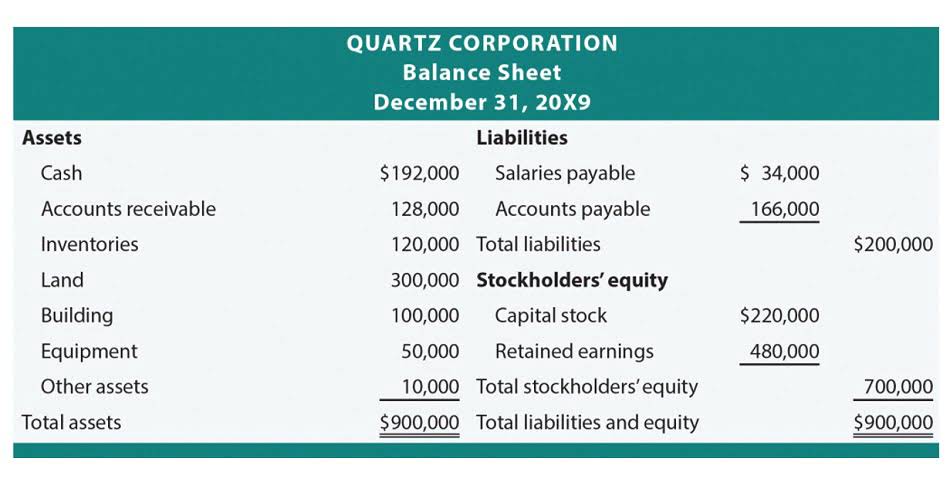
The cash operating cycle of a business is calculated by using different working capital ratios. It is calculated in terms of the time it takes, usually denoted in number of days. In this example, ABC Electronics has an operating cycle of 195.5 days, indicating the average time it takes to convert raw materials into cash through sales and the subsequent collection of payment. This metric provides insights into the efficiency of ABC Electronics’ operational and financial processes. A shorter of these cycle generally suggests better liquidity and resource management. The cash operating cycle can also be a main indicator of the efficiency of asset-utilization and liquidity position of the business.
The Financial Modeling Certification
- This means that XYZ Co. has a better cash conversion cycle as compared to ABC Co.
- Bad debt is considered unrecoverable and is written off as a loss by the creditor or lender.
- Conversely, long operating cycle means that current assets are not being turned into cash very quickly.
- Let us look at working capital cycle definition with examples and Operating Cycle definition with examples along with formula in this topic.
- In today’s fast-paced business environment, understanding the dynamics of cash flow is essential for success.
You can use it as a metric to understand the financial health of a business. If the operating cycle shows less number of days, it shows the business is on the right track. On the other hand, if the figure obtained is more than what it should be, the businesses are found to be inefficient and lagging behind competitors. The first step is to calculate DIO by dividing the average inventory balance by the current period COGS and then multiplying it by 365. Hence, the cash conversion cycle is used interchangeably with the term “net operating cycle”.
Helps to measure a company’s financial health
This formula is used to calculate days for the inventory held on the floor of the business. A lower period of inventory is desirable from a business perspective, and however, it needs to ensure the availability of the inventory for the customers. On the other hand, the operating cycle measures the number of days between your date of buying inventory and the date your customer pays for the goods. However, CCC does not apply to companies that don’t need inventory management. For instance, software companies that offer computer programs through licensing can realize sales without the need to manage stock.

Cash Flow Stability
Ideally, the cycle should be kept as short as possible, so that the cash requirements of the business are reduced. If you’re new to the world of finance or business, the concept of an operating cycle might seem a bit puzzling. You might have noticed that businesses talk about their operating cycle differently, depending on their industry or size, adding to the confusion. The Operating net Accounts Payable Management cycle (NOC) refers to the period between paying for inventory and cash collected through the sale of receivables. Each $1 invested in working capital is expected to generate $6.30 of revenue. Although this may not appear to be a particularly efficient use of resources, the first year’s trading may not be representative.

The Operating Cycle of a company refers to the time operating cycle which is needed to complete all the steps in the manufacturing process. The operational process starts with the spending of cash for the purchase of raw materials. And the process ends with the sale of finished products (and the realization of payment). Additionally, managing accounts payable involves accurate record-keeping and documentation.

Sell a Firm’s Products Faster

A higher, or quicker, inventory turnover decreases the cash conversion cycle. Thus, a better inventory turnover is a positive for the CCC and a company’s overall efficiency. The cash conversion cycle has a selective application to different industrial sectors based on the nature of business operations. The measure bookkeeping affects retailers like Walmart (WMT), Target (TGT), and Costco (COST), all of which buy and manage inventories and sell them to customers. Since there are no credit sales, time taken in recovering cash from accounts receivable is zero. In some cases, businesses may struggle with the lack of integration between different departments, such as sales, finance, and operations.


